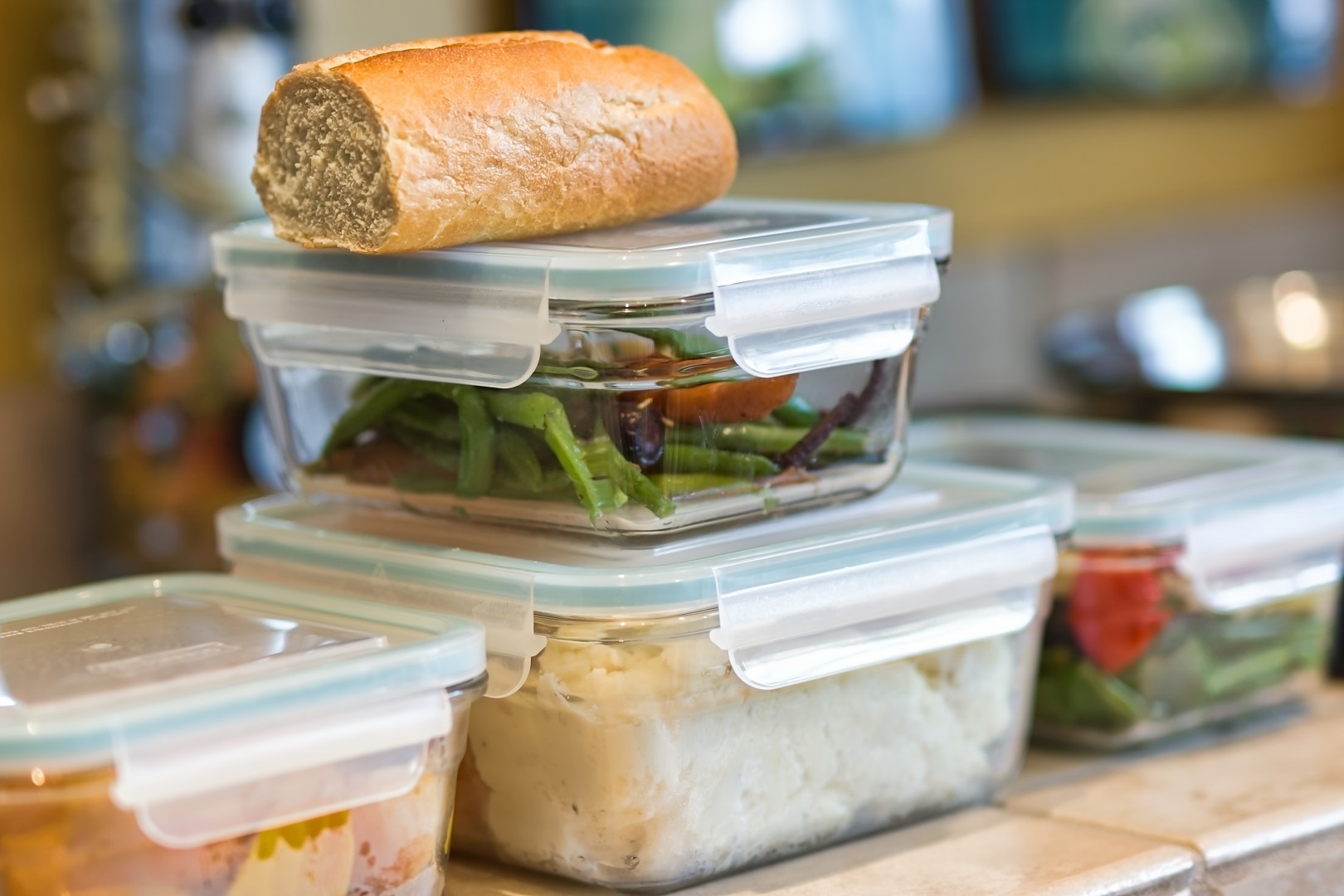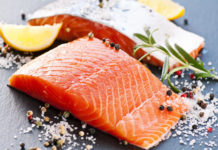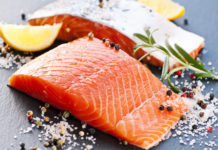
Even people who don't like leftovers like holiday leftovers. But nobody wants a case of food poisoning for New Year's (as many as 20 percent of foodborne illness comes from food made at home!). So follow this step-by-step guide for stashing everything safely.
Step 1: Decide whether to keep or toss. Sadly, the United States Department of Agriculture's (USDA) food safety guidelines say to discard anything perishable that's been out for more than two hours (that means away from heat for hot foods, out of the fridge for cold foods). Any longer, and bacteria will quickly grow and multiply in the food, upping the chances it could cause illness if eaten.
Step 2: Divide and conquer. The sooner you get food to 40 degrees or below, the fewer bacteria that will grow in the food. Food cools quicker in smaller quantities, so if you've got a pot or dish of something hot, divide it between several packages or containers (the shallower the better) before storing. For big hunks of meat like prime rib or roast chickens, cut them into smaller pieces, then refrigerate. And don't worry: The USDA says it's perfectly safe to put hot foods right into the fridge, so no need to cool it on the counter first.
Step 3: Seal it up. Sealing foods tightly not only keeps foods moist and tasting better, but it also prevents bacteria from entering. Seal them well in something that's airtight and leak-proof, whether that's plastic wrap, foil, or containers with tight lids. Stash them toward the back of the fridge, which it's typically the coldest (the doors are the warmest).
Step 4: Bring it out again. If you've stashed leftovers in the fridge, use them within 3-4 days. Food can keep indefinitely in the freezer, but will taste better if eaten within 3-4 months.
Step 5: Reheat. To thaw leftovers, place in the refrigerator overnight or longer. If you forget, you can do a "cold water thaw" by placing the food in a sealed plastic bag then into a bowl of cold water, changing the water every 30 minutes. It's also fine to cook straight from frozen, according to the USDA (it will just take longer). If you've got a food thermometer, use it to be sure leftovers are heated to at least 165 degrees before serving, checking in several places to be sure. The USDA also advises bringing leftover sauce, soup, and gravy to a rapid boil before serving them.
What about leftover leftovers? Despite what you may have heard, the USDA says you CAN safely refreeze thawed or reheated leftovers.
Sally Kuzemchak, MS, RD, is a registered dietitian, educator, and mom of two who blogs at Real Mom Nutrition. She is the author of The 101 Healthiest Foods For Kids. She also collaborated with Cooking Light on Dinnertime Survival Guide, a cookbook for busy families. You can follow her on Facebook, Twitter, Pinterest, and Instagram. In her spare time, she loads and unloads the dishwasher. Then loads it again.





